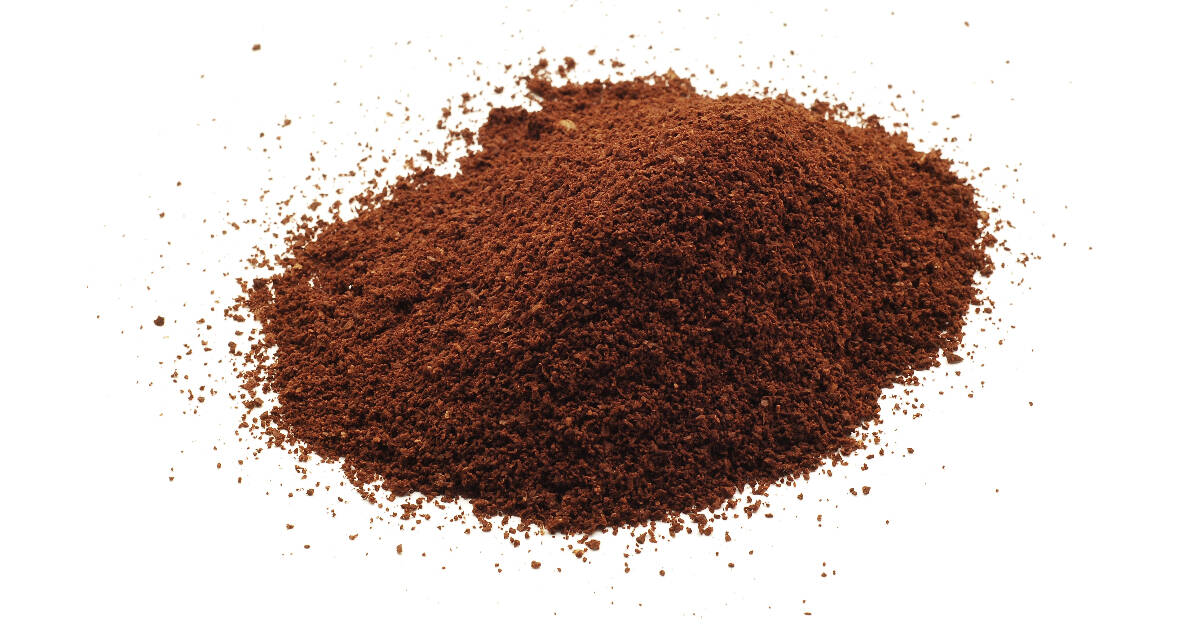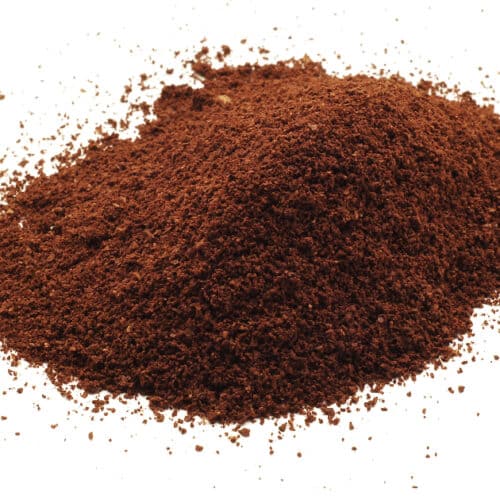Espresso powder is a versatile ingredient used by bakers and cooks to enhance the flavor of foods, especially chocolate desserts. You may have seen recipes calling for espresso powder, but what exactly is it?

Espresso powder is made from finely ground espresso beans that have been roasted, brewed, and then dehydrated and ground into a powder. It has an intense, concentrated coffee flavor that adds depth and richness without imparting a strong "coffee" taste.
While you can purchase espresso powder, making your own at home is simple and much less expensive. With just a few basic ingredients and steps, you can create homemade espresso powder to use in all your baking, cooking, and beverage recipes.
Benefits of Making Your Own Espresso Powder
Making DIY espresso powder offers several advantages:
- Cost savings - Store-bought espresso powder can be pricey. Making your own saves money.
- Customize flavor - Tailor roast level and bean type to suit your taste preferences.
- Control strength - Adjust grind size to make standard or extra-strong powder.
- Use up spent grounds - Upcycle used espresso grounds from your morning brew.
- Freshness - Homemade powder retains maximum aroma and flavor.
Key Takeaway: Making your own espresso powder at home offers cost savings, flavor customization, and freshness compared to store-bought powders.
What You'll Need to Make Espresso Powder
The basic equipment you'll need includes:
- Espresso beans or grounds - The starting material to make the powder.
- Baking sheet - For roasting beans/grounds in the oven.
- Oven - For slowly roasting at 170-200°F to dry the coffee.
- Coffee grinder - For grinding the roasted beans/grounds into a fine powder.
- Airtight container - For storing finished espresso powder.
You can make espresso powder from either whole espresso beans or used espresso grounds. Used grounds may have less flavor since some has already been extracted during the initial brewing. Whole beans will produce a more potent, aromatic powder.
Any type of dark roast coffee beans can work too since espresso beans are simply darker roasted. The dark roast gives espresso its signature bold, intense flavor.
Step-By-Step Instructions for Making Espresso Powder

Espresso Powder Recipe
Ingredients
- Espresso beans or grounds - The starting material to make the powder.
- Baking sheet - For roasting beans/grounds in the oven.
- Oven - For slowly roasting at 170-200°F to dry the coffee.
- Coffee grinder - For grinding the roasted beans/grounds into a fine powder.
- Airtight container - For storing finished espresso powder.
Instructions
Roast the Coffee Beans/Grounds
- Preheat your oven to 170°F-200°F. Spread beans/grounds evenly on a baking sheet. Roast for 1-3 hours, checking often, until completely dried out and brittle. Don't burn the coffee or it will taste bitter.
- Used espresso grounds may only need 1 hour since they start out partly dried. Whole beans usually take closer to 2-3 hours depending on volume. Stir occasionally for even drying.
Cool and Grind into a Powder
- Remove coffee from oven and allow to cool completely. Transfer smaller batches to a coffee grinder and grind into a fine powder. Continue until all coffee is ground.
- Grind as finely as possible, similar to the texture of cocoa powder. Fine grinding ensures a smooth incorporation into recipes without grittiness.
Store in an Airtight Container
- Funnel freshly ground espresso powder into an airtight storage container. Store in a cool, dark place for maximum freshness retention.
- Properly stored, homemade powder will keep for 4-6 months. Write the roast date on the container so you know when to use it by.
- And that's it! With just 3 easy steps, you've made your own batch of espresso powder for cooking and baking. Now let's look at how to use it.
How to Use Homemade Espresso Powder
Espresso powder's rich flavor makes it a versatile ingredient. Here are some ways to use your homemade powder:
- Enhance chocolate baked goods - Add 1-2 teaspoons per recipe to intensify chocolate flavor in cakes, cookies, brownies, and more.
- Flavor coffee drinks - Stir a teaspoon into coffee drinks like mochas and lattes.
- Punch up desserts - Add to puddings, custards, ice cream, and sweet sauces.
- Boost savory dishes - Sprinkle on meats before grilling or mix into dry rubs, marinades, and pan sauces.
- Whip up homemade drinks - Blend with hot milk & sweetener for homemade mochas.
Start with small amounts, taste, and adjust quantities based on your preference.
The fine texture blends seamlessly into both wet and dry ingredients without altering texture. The intense coffee flavor permeates the whole dish.
Key Takeaway: Espresso powder can be used to enhance the flavor of baked goods, especially chocolate, as well as coffee drinks, savory dishes, desserts, and more.
FAQs
Can you make espresso powder without an espresso machine?
Yes, you do not need an actual espresso machine. Any type of dark roast coffee beans can be used to make espresso powder since true espresso beans are simply dark roasted coffee beans.
What can be used instead of espresso powder?
Good substitutes include instant coffee granules or strongly brewed coffee. Use double the amount of instant coffee to equal espresso powder. For brewed coffee, reduce other liquids in the recipe by the same amount.
Does espresso powder dissolve when baking?
Yes, the super fine grind allows espresso powder to dissolve fully when mixed into cake batters, doughs, frostings, and more wet ingredients. It does not leave coffee grounds or grittiness.
Why is espresso powder used in baking?
Espresso powder is valued for its very intense coffee flavor. Just a teaspoon or two enhances other ingredients, like chocolate or caramel, without making the entire dish taste like coffee. It also aids in bringing out sweetness.
Does espresso powder make baked goods taste like coffee?
Used sparingly, espresso powder nicely complements flavors like chocolate or caramel without imparting an overt coffee taste. Larger amounts can make it taste coffee-forward. Start with small quantities and adjust to taste preference.
How long does homemade last?
Stored properly in an airtight container in a cool, dark place, homemade espresso powder will retain good flavor and aroma for 4-6 months. Write the roast date on the jar so you know when to use it by.
Conclusion
Making DIY espresso powder at home is simple and affordable using just basic kitchen tools. With a few easy steps - roast, grind, store - you can create this versatile flavor enhancer any time a recipe calls for it.
Use your fresh homemade powder to intensify the flavors of baked goods, especially chocolate, as well as coffee drinks, savory dishes, desserts, and more. Get creative experimenting with how small amounts can boost sweet and savory recipes alike.

